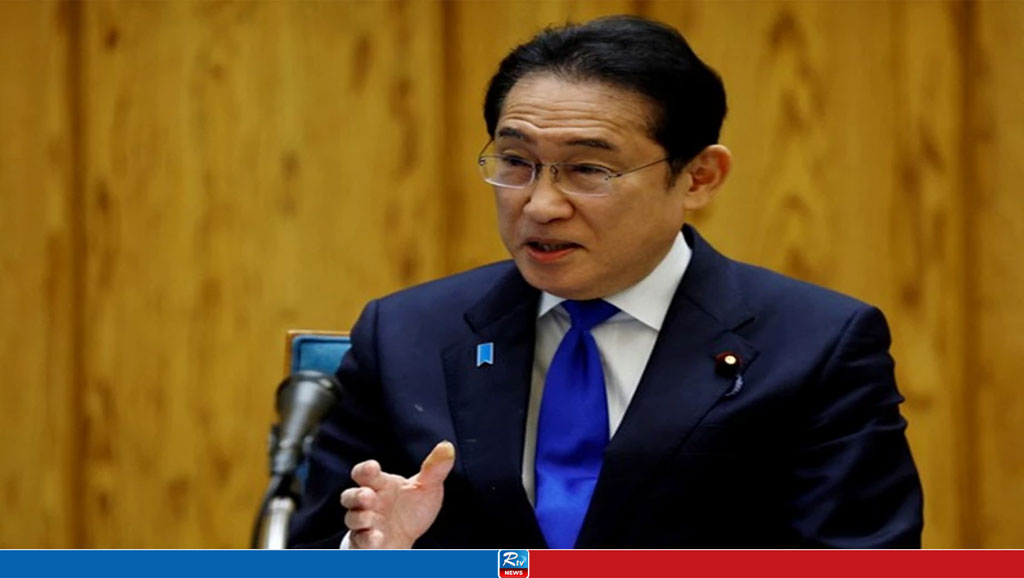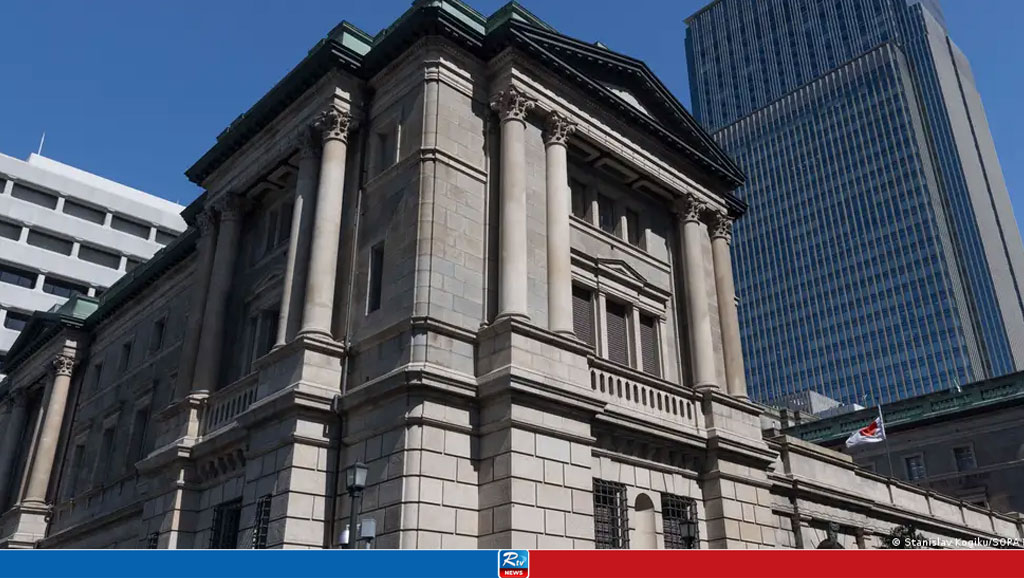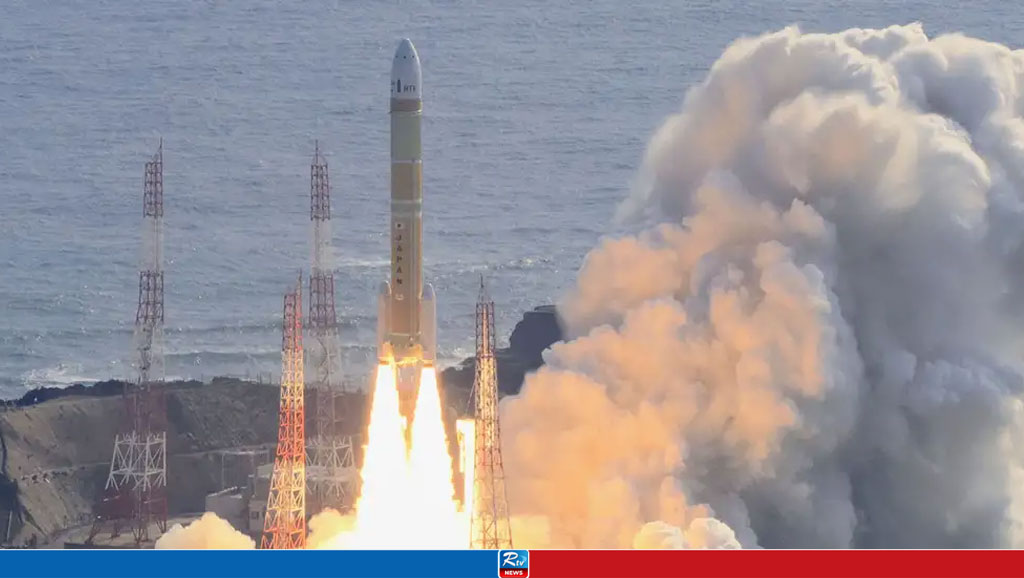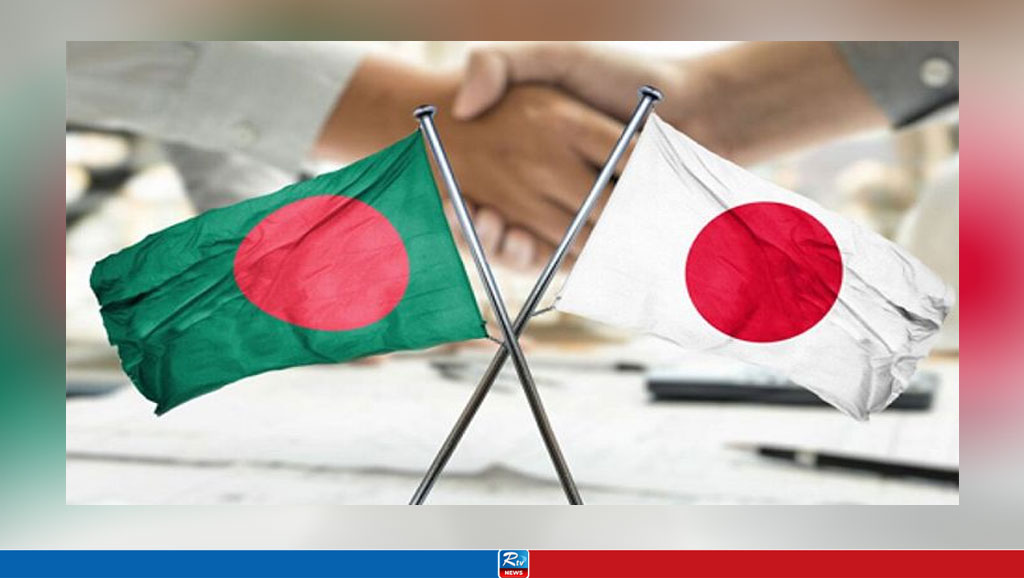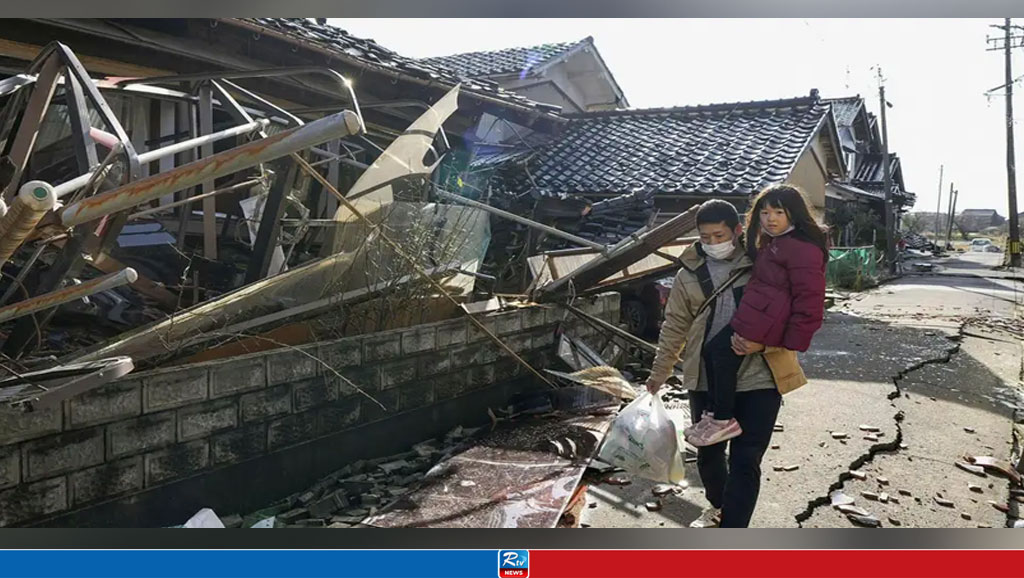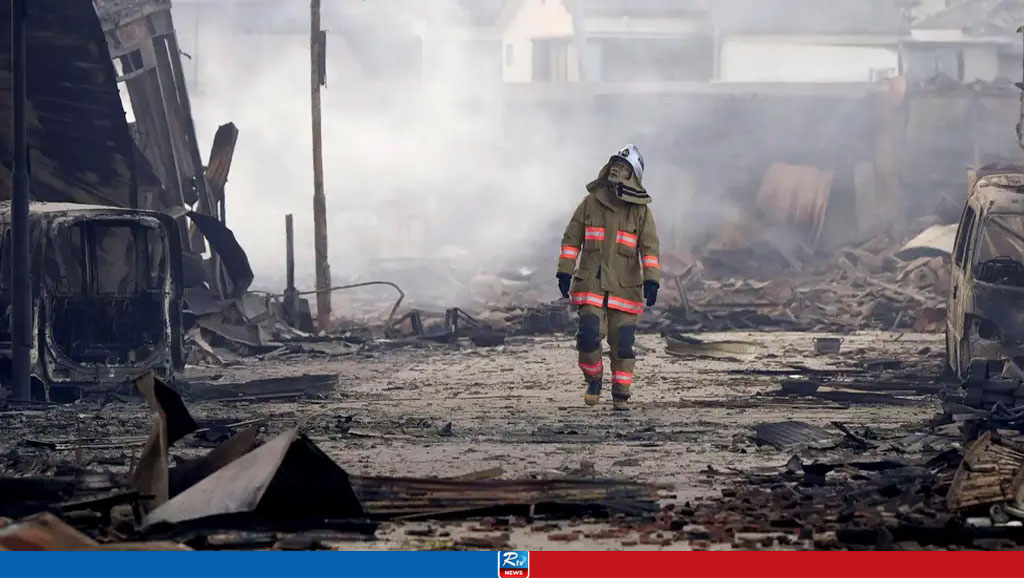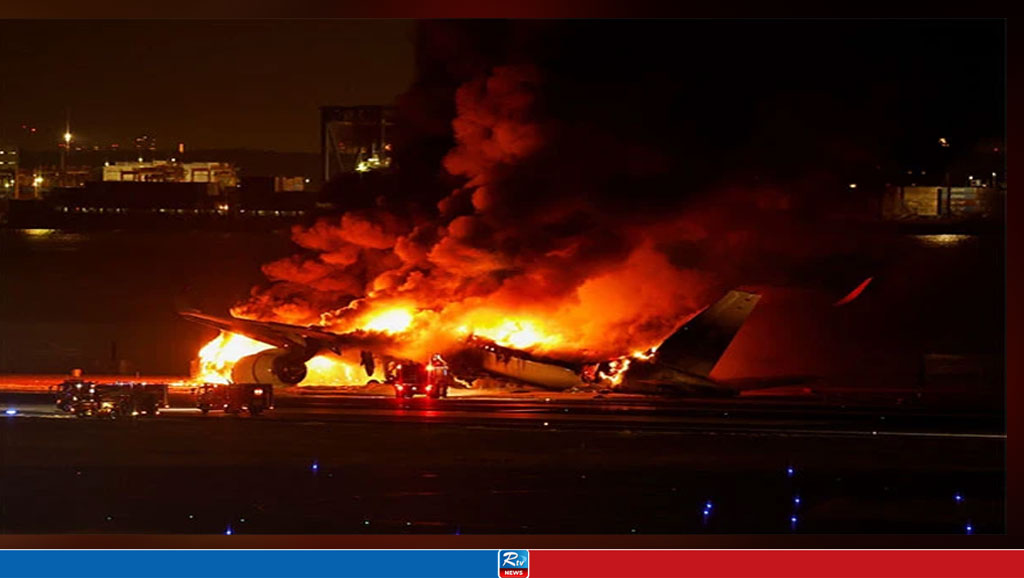Japan bolstering defence capabilities with US to counter China's aggression
Japan Prime Minister Fumio Kishida is credited of making a significant transformation in Tokyo's defence stance, moving away from the pacifist constitution imposed by the United States after World War II to increase in defense spending due to the escalating geopolitical tensions and ever evolving security challenges with neighboring nations such as China and North Korea.
Japan Prime Minister Fumio Kishida is credited of making a significant transformation in Tokyo's defence stance, moving away from the pacifist constitution imposed by the United States after World War II to increase in defense spending due to the escalating geopolitical tensions and ever evolving security challenges with neighboring nations such as China and North Korea. Japan stands at a critical juncture, prompting a thorough reassessment of its defense strategy.PM Kishida on Saturday underscored the gravity of the situation during a recent interview with CNN at his private residence in Tokyo, characterising the current global landscape as a "historic turning point."
Partnership with Japan has long been central to US strategy in the Indo-Pacific, but the defense relationship has expanded under Kishida, who has raised Japan's profile in global and regional security. "As we are witnessing Russia's Ukraine aggression, the continuing situation over the Middle East, as well as the situation in East Asia, we are faced with a historic turning point," Kishida said, adding, "That is why Japan has made a decision to fundamentally reinforce its defence capabilities and we have greatly changed Japan's security policy on these fronts."
With Russia's aggressive actions in Ukraine, persistent instability in the Middle East, and escalating tensions in East Asia, Japan perceives a pressing need to fortify its defence capabilities, according to CNN. Kishida's remarks come at a crucial juncture, as Japan navigates an increasingly complex security environment. The prime minister emphasised Japan's decision to significantly enhance its defence capabilities, signalling a departure from its traditionally pacifist stance. This shift is indicative of the profound changes underway in Japan's security policy, driven by the imperative to adapt to emerging threats.
Central to Japan's strategy for bolstering its defence capabilities is its enduring alliance with the United States. Kishida underscored the paramount importance of the Japan-US partnership, particularly in the face of mounting security challenges. As tensions simmer in the Indo-Pacific region, characterised by North Korea's provocative weapons testing and China's assertive actions in the South China Sea and towards Taiwan, the alliance between Japan and the US assumes heightened significance. The upcoming meeting between Kishida and US President Joe Biden in Washington holds considerable significance, serving as a pivotal opportunity to reinforce and modernise the Japan-US alliance. Against the backdrop of regional threats, including North Korea's ballistic missile tests and Russia's geopolitical manoeuvers, both leaders are expected to prioritize enhancing coordination and cooperation.
Addressing concerns surrounding Japan's evolving defence policy, Kishida pointed to the "severe and complex" security environment confronting the nation. "In our neighbourhood, there are countries that are developing ballistic missiles and nuclear weapons, and others that are building up their defence capabilities in an opaque way. Also, there is a unilateral attempt to change the status quo, by force, in both the East China Sea and South China Sea," he said in a veiled reference to China's assertive actions in maritime disputes in the East China Sea and South China Sea, which have raised tensions with neighbouring countries, including Japan and the Philippines, as reported by CNN.
Moreover, Kishida emphasised the importance of enhancing Japan's deterrence and response capabilities in close collaboration with the United States. Recognising the strategic imperative of a robust alliance, Kishida expressed hope for bipartisan support in Washington for further strengthening bilateral ties. "I hope the US will understand this, and that we can work together to improve the region's peace and stability. I think it's important to show the rest of the world that the US and Japan will further evolve our collaboration, through my visit," Kishida said.
Beyond the Japan-US alliance, Kishida's visit to Washington also seeks to deepen cooperation with other key regional partners, including the Philippines. This trilateral engagement underscores Japan's commitment to fostering a network of alliances and partnerships aimed at promoting regional security and stability in the Indo-Pacific. In addition to its regional commitments, Japan has increasingly positioned itself as a global partner to the United States, advocating for closer coordination on security issues spanning Europe and the Indo-Pacific. Kishida has emerged as a vocal supporter of Ukraine and aligned closely with G7 countries in condemning Russia's actions.
Moreover, Japan remains vigilant in addressing the security implications of North Korea's belligerence, particularly its aggressive weapons testing program and the unresolved issue of Japanese nationals abducted by Pyongyang decades ago. Kishida's government has also closely monitored the nexus between North Korea, Russia, and China, expressing concern over potential destabilising collaborations in the region. "At the same time, it is important to convey a firm message to North Korea and China that it is important for the peace, stability, and prosperity of the international community to maintain a free and open international order based on the rule of law," the Japanese PM said.
"We must also cooperate with them to promote a strong international community, not one of division and confrontation," he added. "I believe that it is important to cooperate with the United States and our allies to create an atmosphere of cooperation, not of division and confrontation, to advance the international community," CNN quoted Kishida as saying.
Source: ANI
08 Apr 2024,21:21















 Live Tv
Live Tv

